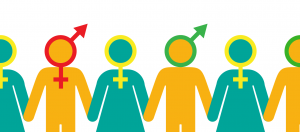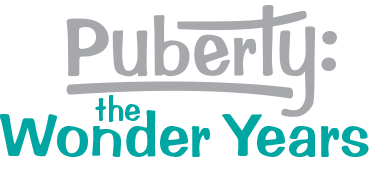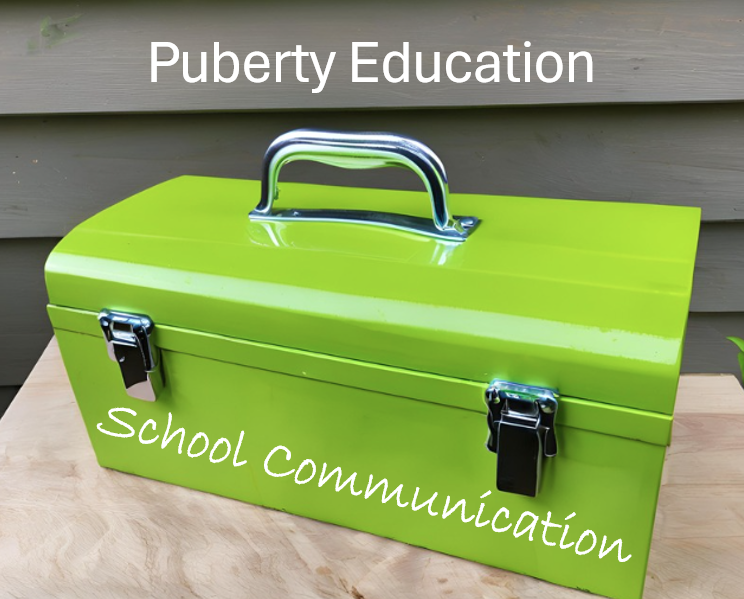 Inclusivity Tips: Gender
Inclusivity Tips: Gender
Would you like to make sure all your students feel included in your class? When you teach about puberty, are you unsure how to include your LGBTQ+ students? Let’s talk about a couple of ways to be more inclusive. This post will share inclusivity tips for gender.
Tip 1: Use gender-neutral pronouns.
The English language has gendered pronouns, so every time we talk about a person, we are forced to use a word that assigns them a gender of boy/man or girl/woman. This forces people into a category that might not fit them. Instead of saying “he” or “she,” use the pronoun “they.” This is especially important to being inclusive of individuals whose gender you don’t know and individuals who don’t identify with the binary system of gender. Learn more about using gender-neutral pronouns.
Tip 2: Know gender-related terms.
The human brain is hard-wired to categorize people. It’s how we try to make sense of our world. One way the brain tries to categorize people is according to gender identity and sexual orientation. Yet, the terms people use to describe gender identity have increased in number and nuance over the last several years. This may leave you feeling confused as you try to speak in a way that is respectful of diversity. Learn more about these terms, but also recognize that terminology is always changing.
Tip 3: If you don’t know, ask.
Every student is a unique individual with intersecting identities. Get to know each student as a complex person. If you’re not sure what pronouns to use, just ask. They will appreciate that you care enough to check in with them.
Learn More:
- Promoting Healthy Development of Sexuality and Gender Identity, Bright Futures, American Academy of Pediatrics
- Gender Inclusive Language in the Sexual Health Education Classroom, Cardea
- Schools In Transition A Guide for Supporting Transgender Students in K-12 Schools
- Pronouns Matter, Pronouns.org
- Gender-Inclusive Puberty Education, Puberty: The Wonder Years
Sign up for a FREE sample lesson to see what Puberty: The Wonder Years is all about.
updated 2024-3-19



